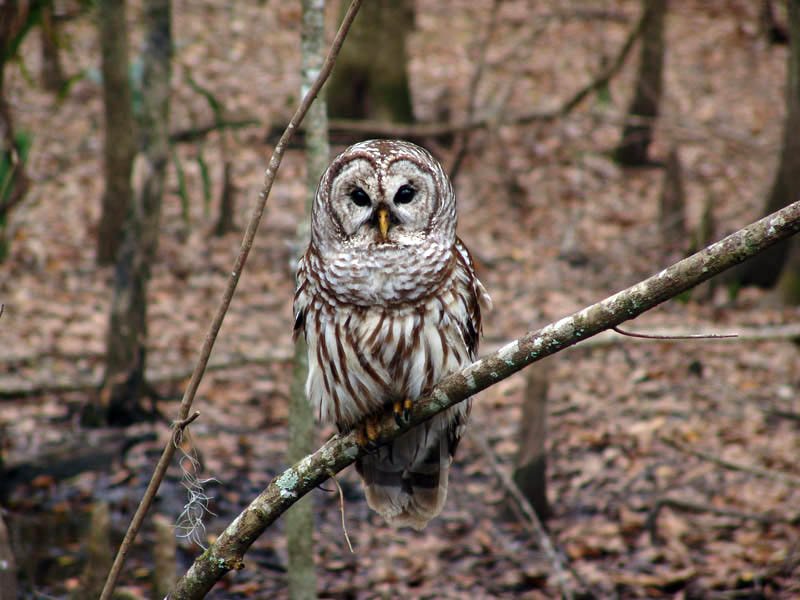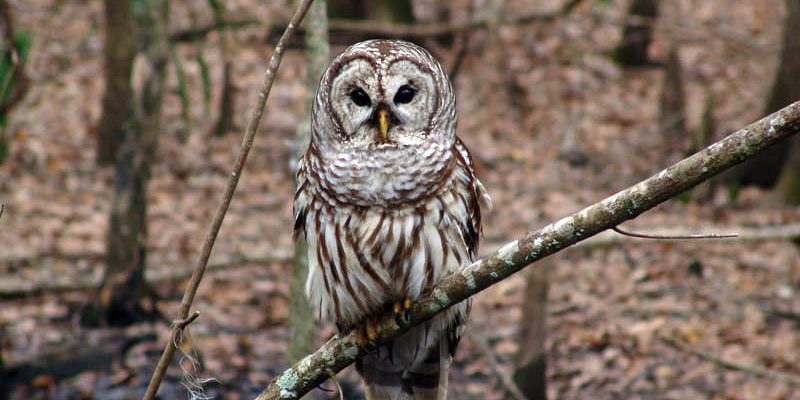
The truth is, owls are more than just a symbol of wisdom; they are vital parts of the ecosystem. They help control rodent populations and are indicators of environmental health. But the question arises: are these magnificent birds threatened or endangered? Let’s dive into the world of owls, exploring their current status, the factors affecting their populations, and what we can do to help.
Understanding Owl Species
When we talk about owl conservation, it’s crucial to recognize that not all owl species face the same challenges. There are over 200 species of owls worldwide, each with unique traits and adaptations. Some of the most notable include the Great Horned Owl, known for its tufted ears and fierce hunting skills, and the Barn Owl, which has a distinctive heart-shaped face.
You might also find it interesting that owls are divided into two main families: Strigidae (the typical owls) and Tytonidae (the barn owls). Each family has different traits and habitats. For example, barn owls thrive in open fields and are often seen gliding silently across the grasslands, while great horned owls prefer forested areas. This diversity in habitat preference also affects their conservation status, as some are better adapted to urban environments, while others are more vulnerable.
What Does Threatened or Endangered Mean?
Before we dig deeper into the status of owls, it’s essential to understand what threatened and endangered mean. In the simplest terms, a species is endangered if it is at serious risk of extinction in the wild. Meanwhile, a species is considered threatened if it is likely to become endangered in the near future.
These classifications help conservationists prioritize efforts. For example, if a particular owl species is labeled as endangered, it may receive more immediate protection measures compared to a threatened species. The distinctions can also influence policies and funding for conservation programs. So, let me explain how owls fit into these categories.
Current Status of Owls
Globally, owls are facing a mixed bag of threat levels. Some species, like the Spotted Owl, are classified as threatened in the United States due to habitat loss from logging and wildfires. On the other hand, the Burrowing Owl is also considered threatened, primarily due to urban development encroaching on their grassland habitats.
In contrast, some owl species have stable populations and are not currently considered threatened or endangered. For instance, the Eastern Screech Owl has adapted well to suburban environments, finding plenty of places to nest. However, even these seemingly stable species can be affected by changing environmental conditions. So, monitoring their status is essential.
Factors Affecting Owl Populations
Many factors contribute to the decline of owl populations, and understanding these can help shed light on their conservation. Here are some of the primary threats they face:
- Habitat Loss: Urbanization and agriculture are two significant culprits. As humans continue to expand into natural areas, owls lose places to live and hunt.
- Climate Change: Changes in temperature and weather patterns disrupt food availability for owls, affecting their breeding and survival rates.
- Pollution: Chemicals in pesticides can harm owl populations directly or indirectly by reducing their food sources.
- Collisions: Owls often meet with fatal accidents when flying into vehicles or structures, particularly in areas with high traffic.
These factors don’t just threaten individual species; they impact entire ecosystems. When owls are affected, it can lead to an imbalance in the populations of their prey, like rodents and insects.
Conservation Efforts for Owls
The good news is that numerous organizations and initiatives are dedicated to protecting owls. These efforts can range from habitat preservation to public education. For instance, many regions have set aside areas for wildlife, ensuring owls have safe places to nest and hunt.
Additionally, conservationists often engage in monitoring programs, where they track owl populations and health. This data is crucial for understanding how various species are faring in changing environments. Public education campaigns also play a vital role in raising awareness about the challenges owls face, encouraging people to take action.
You might be curious about what you can do to help. One effective way is to support local wildlife organizations or participate in citizen science projects. These initiatives allow people to contribute to population tracking or habitat restoration, making a direct impact on owl conservation.
The Role of Legislation in Owl Protection
Legislation plays a vital role in the protection of endangered and threatened owl species. Laws such as the Endangered Species Act help safeguard habitats and prevent illegal hunting. These frameworks not only protect owls but also ensure that their ecosystems remain intact.
Sometimes, legal actions are necessary to enforce conservation measures. For example, lawsuits can compel governments to take action when important owl habitats are at risk from development. The power of the law can make a significant difference in whether an owl species remains threatened or finds a way back to stability.
How You Can Help Owls
Getting involved in owl conservation might seem daunting, but many small actions can make a big difference. Here are some simple ways you can help:
- Educate Yourself: Learn more about local owl species and their habitats. Understanding their needs is the first step in helping.
- Support Conservation Groups: Donate to or volunteer with organizations focused on owl protection and habitat restoration.
- Create Owl-Friendly Spaces: If you have a backyard, consider planting native vegetation to attract owls and other wildlife.
- Spread Awareness: Share information about the threats owls face with friends and family. The more people know, the more support can grow.
Every bit counts, and collective action can have a profound impact on keeping these fascinating creatures thriving.
Final Thoughts on Owls and Their Future
Owls are incredible animals that play crucial roles in their ecosystems. While some species are indeed threatened or endangered, there’s hope through ongoing conservation efforts and public engagement. By understanding the challenges they face and taking action, we can help ensure that future generations will hear the soothing calls of owls echoing through the night.
So, next time you hear that familiar hoot, take a moment to appreciate the owl, knowing that you can be part of its story. Owls deserve our attention, respect, and protection. Let’s work together to ensure they continue to soar gracefully through our skies.

